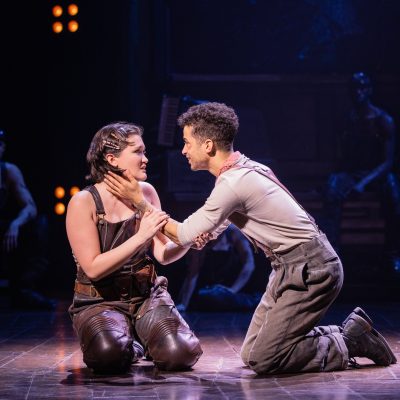How to bring your artwork to the next level
If you’ve ever seen a super realistic drawing and thought to yourself that you wanted to do the same, now you can. There are many ways to bring your works of art to the next level, that doesn’t rely on expensive and fancy pencils to spice things up. Instead, here are a few tips to learn and improve on, whether you’re an advanced artist or a beginner. As a fellow beginner myself, fear not because these skills can be easily learned with the right amount of practice. They vary from adding shadows to 3D objects, proportions, and symmetry, overall making your drawings more realistic whether they are simple doodles or self-portraits. Random tip… try to avoid smearing your hand on the lead of your drawing utensil as you are drawing, as I’ve done this a few times myself.
1. Drawing sections at a time
Breaking what you want to draw into smaller sections makes it easier to focus on perfecting parts at a time, allowing you to achieve that perfect smile or those gleaming stars. Not only does this allow for more detail to be shown, but it creates a more accurate representation of whatever it is you are drawing.
During this process, you can visualize parts at a time into circles (or other easy to draw shapes), and lightly trace with a pencil. These shapes can be used as a guide, which can be erased later when done.
2. Work on proportions
Especially when drawing a person or anything else that requires exact proportions, you don’t want to accidentally draw an excessively large head or small body. Improper proportions can be interpreted wrongly and send the wrong message in certain cases! By not exaggerating sizes, you can accurately depict an object. Give this article a read if you wish to learn more about proportions!
3. Try using different shades
By controlling how dark or light something is shaded, you can create illusions of light passing through your drawing. You can create fainter shades by holding your drawing utensil lightly and not pressing down (pressing down excessively tends to end in the lead snapping, something I’ve discovered time and time again). Certain types of pencils also have different lead tones which can affect shading.
4. Apply shadows
Drawing shadows are important if you plan to draw objects in light. This makes everything look more realistic. It also helps the viewer understand how large an object is by using the shadow as a proportion to compare its other measurements. Shadows reveal if the height is longer than the width or length, and vice versa. Because this is a more advanced step, you should focus on this after everything else. Here’s a guide to help you along.

5. Final touches and neatness
Depending on what you’re drawing it might require a certain amount of symmetry to get the best possible drawing. This step makes your drawings more visually appealing. You can also use a ruler to make exact measurements. This video really helped me, and hopefully, it can help you too!
Similar to step one, you should draw lightly first to ensure both sides are the same. If they aren’t you can erase and try again, ensuring perfection.
Tip to keep in mind: drawing lightly also means that erasing neatly will be easy and will hide all unwanted pencil marks while other times, there will still be a slight stain from where you erased.
6. Practice makes perfect
It’s the oldest saying in the book, but surely one of the most important ones. While a few of these tips may cause frustration in your attempt to perfect them, they will eventually become muscle memory and a lot easier to use.
And last but not least, remember to have fun! Drawing is meant to be something enjoyable!








